By James Ridgeway. Reprinted from Solitary Watch.
 At a time when New York State is winning praise for removing vulnerable people from solitary confinement in its prisons, the case of Mark Gizewski offers a sobering counterpoint.
At a time when New York State is winning praise for removing vulnerable people from solitary confinement in its prisons, the case of Mark Gizewski offers a sobering counterpoint.
Although he suffers from extreme physical disabilities and lives with constant pain, Gizewski has been in and out of solitary confinement for various prison rule violations. Now, he is suing the state in federal court, asserting that he has suffered medical neglect and physical abuse while held in New York’s prison system.
Gizewski ‘s disabilities result from him being what is colloquially called a “Thalidomide baby.” In 1960, while pregnant, Gizewski’s mother took the drug Thalidomide, which at the time was widely prescribed throughout the world for morning sickness. As a consequence of Thalidomide use, at least 12,000 children were born with birth defects, most of them in Europe. (In the United States, the number reached only to dozens, because one conscientious scientist at the FDA, Frances Kelsey, refused to approve the drug without further research.)
Like most Thalidomide victims, Mark Gizewski has severely deformed limbs. He was born with one leg much shorter than the other. His arms are also two different lengths, with club hands–the right with four fingers, the left with three. He has a hip deformity and has had one shoulder replaced. He also has dwarfism, scoliosis of the spine, and an anal deformity. Like many Thalidomide babies, he was institutionalized in his early years, and hospitalized afterwards for a series of surgeries, including amputation of his right leg at the age of nine.
Now 54 years old, Gizewski was most recently convicted of third-degree attempted criminal possession of a weapon, which carried a relatively short sentence. But the conviction also triggered parole violations on earlier sentences for robbery and drug use, for which he had received six years to life–so unless paroled, he could remain in prison indefinitely. Gizewski was denied parole in 2010, and again earlier this year.
As a victim of Thalidomide, Gizewski receives monetary support from the Thalidomide Trust in the UK, and has used these funds to pay attorneys and launch a civil suit against the New York Department of Corrections and Community Supervision (DOCCS) and the warden, a physician, and a corrections officer at Five Points Correctional Facility, where he was sent in 2012. The suit claims violations of the Eighth Amendment, which prohibits cruel and unusual punishment, and the Americans with Disabilities Act, which bans discrimination against disabled persons.
According to the complaint filed in February 2014 in U.S. District Court in upstate New York, Gizewski’s disabilities are “severe, debilitating, and degenerative in nature.” The complaint alleges that Gizewski was repeatedly denied painkillers that he had received at other prisons to control the pain in his back and limbs, and instead given Tylenol.
Gizewski has claimed that the foot on his prosthetic leg was broken, and that it was too large to maneuver in his cell. He asked that it be repaired; the request was ignored. He was given a wheelchair, but denied a request for a lightweight wheelchair that would accommodate his upper-body disabilities. He could not get out into the prison yard because the prison was not equipped with a wheelchair ramp. Gizewski says he asked for some means of access, but it was never provided.
When Gizewski asked for medicine for a persistent earache, he contends, his guards ignored his request. Finally they gave him some ear drops, but because of his clubbed hands, Gizewski could not get the drops into his ear. He says the prison administration refused to give him the brush he needs in order to be able to clean himself after using the toilet, and another to clean his body in the shower. Ultimately, they gave him a brush that he was supposed to use for both purposes. He also requested, but was never given, a “grabber” tool that he needed to reach things in his cell.
Cheryl Kates-Benman, one of Mark Gizewski’s attorneys, told Solitary Watch that her client began receiving a series of disciplinary tickets in retaliation once he began complaining about the lack of accommodation, and was placed in solitary confinement in the Special Housing Unit (SHU). The prison claimed that Gizewski assaulted a nurse who was giving out medication, but Kates-Benman says she obtained video footage which showed that at the specified time of the assault, the nurse was in the company of a corrections officer, calmly walking along doling out pills. There was no sign of any assault. On another occasion Gizewski was accused of using drugs while in the SHU–something that is virtually impossible without the connivance of corrections staff. Kates-Benman suspects a set up.
On January 4, according to the federal complaint, “The Corrections Officer at Five Points injured Plaintiff by pushing him out of the wheelchair. As a result, Plaintiff’s elbow was shattered in five (5) different places…The Corrections Officer, with extreme force, proceeded to kick Plaintiff in the abdomen, as a result of which, Mr. Gizewski temporarily lost consciousness and suffered from urinary incontinence. The Corrections Officer later threatened Mr. Gizewski with future bodily harm if he told anyone about what transpired.”
After this incident, Gizewski was transferred from Five Points to Walsh Medical Center, located at nearby Mohawk Correctional Facility, where he is in a secure infirmary cell–in effect, in medical solitary.
The corrections officer accused of injuring Gizewski has not been disciplined, and the state has not yet filed an answer to the complaint. Solitary Watch’s request for comment to the New York State Department of Corrections and Community Supervision had received no response at the time of this publication.
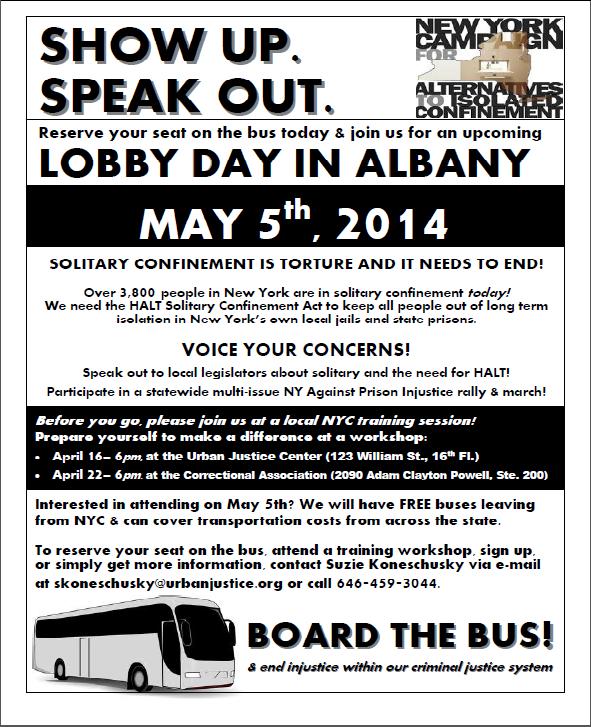
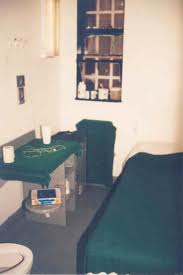
 In the meantime, Pendergrass expects there will be some who feel the current deal goes too far, just as others believe it does not go far enough. He did not specify where the “pushback” is likely to come from. But in the past,
In the meantime, Pendergrass expects there will be some who feel the current deal goes too far, just as others believe it does not go far enough. He did not specify where the “pushback” is likely to come from. But in the past, 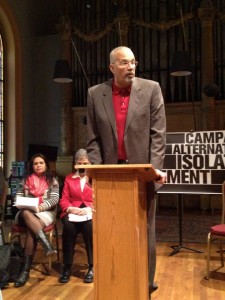
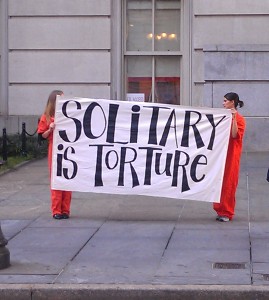
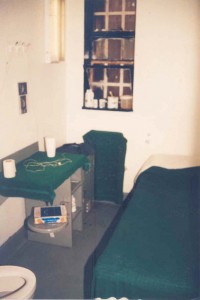

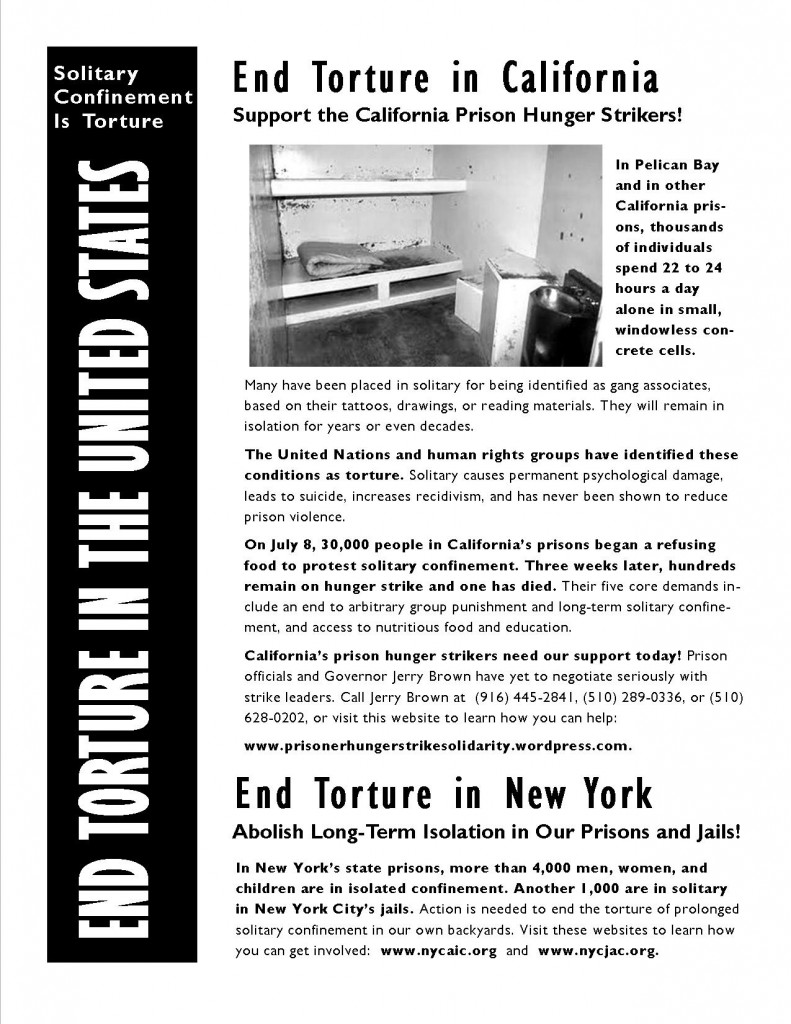
Follow the #HALTsolitary Campaign